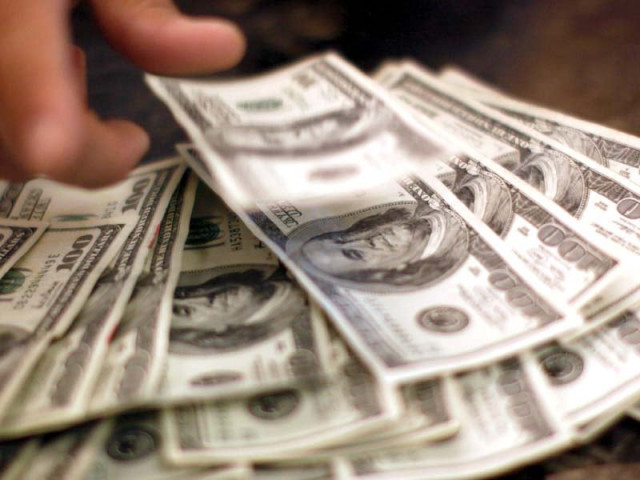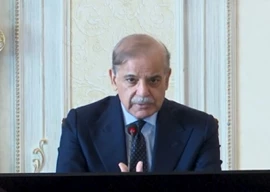
In a bid to meet the International Monetary Fund’s requirement to raise gross official foreign currency reserves to $20 billion, Pakistan is planning to raise $1 billion from international debt markets through a Eurobond offering during fiscal year 2016.
The proposal suggests that the government plans on continuing its policy of tapping the global capital markets in a bid to build up its foreign currency reserves. If the bond offering were to go through, it will be the third such issuance in three years.
The proposal to issue $1 billion worth of dollar-denominated bonds is part of the $9.5 billion in foreign economic assistance projected for the fiscal year ending June 30, 2016, said sources in the Finance Ministry. They added the amount is subject to any fluctuation in projected privatisation proceeds and other budgetary support estimates for the next fiscal year.
The $1-billion amount can be increased further, if privatisation proceeds fall short of next fiscal year’s targets, said the sources. After completing relatively easier capital market transactions, the government has planned to undertake strategic sale of power distribution and generation companies in fiscal 2016.

For the next fiscal year, IMF balance of payments projections show that Pakistan is required to increase its gross official foreign currency reserves to $20.2 billion, excluding the commercial banks’ reserves. This would require Pakistan to add an additional $5 billion in the reserves held by State Bank of Pakistan, which seems a monumental task. For the outgoing fiscal 2015, the IMF has asked Pakistan to increase the reserves to $15.4 billion.
As of May 1, the SBP’s gross official reserves stood at $12.51 billion and the government needs another $2.8 billion to hit the annual target. It is expecting a $500-million IMF tranche and $1.4 billion from the World Bank and the Asian Development Bank before the end of June.
Earlier, in March last year, the government raised $2 billion by floating five- and 10-year dollar-denominated bonds at interest rates ranging between 7.25% and 8.25%. In the second attempt, the government issued five-year $1 billion Ijara-Sukuk bonds at 6.75%.
There is growing criticism about the government’s strategy to build the reserves through what many analysts call unsustainable and expensive means. While addressing a seminar on Wednesday, Privatisation Commission Chairman Mohammad Zubair admitted “it is not an ideal way of building foreign currency reserves.”
However, Finance Minister Ishaq Dar is dismissive of such critiques, arguing that foreign lenders were giving money because of the PML-N government’s economic policies, pointing out that bond offerings by the predecessor PPP-led government remained unsuccessful.
Meanwhile, after two years in office, the current government has been unable to substantially increase foreign direct investment or exports, considered to be the most sustainable ways of building foreign currency reserves.
The only increase in the reserves through non-debt instruments was the $1.5 billion ‘gift’ from Saudi Arabia and over $1 billion in proceeds of from the sale of government stakes in companies like Habib Bank, United Bank and Pakistan Petroleum.
Huge external borrowings were largely facilitated because of the umbrella of the IMF bailout programme, wrote Dr Hafiz Pasha, a former finance minister, in the latest report on Pakistan’s state of economy issued by the Institute of Policy Reforms, an Islamabad-based think tank. The IPR has projected that in the next fiscal year the current account deficit – the gap between foreign receipts and payments – is likely to widen by over $3 billion to $5.4 billion.
It said that this is largely due to larger imports of machinery for power projects being executed with the Chinese assistance.
Published in The Express Tribune, May 8th, 2015.
Like Business on Facebook, follow @TribuneBiz on Twitter to stay informed and join in the conversation.
1725254039-0/Untitled-design-(24)1725254039-0-270x192.webp)

















COMMENTS
Comments are moderated and generally will be posted if they are on-topic and not abusive.
For more information, please see our Comments FAQ